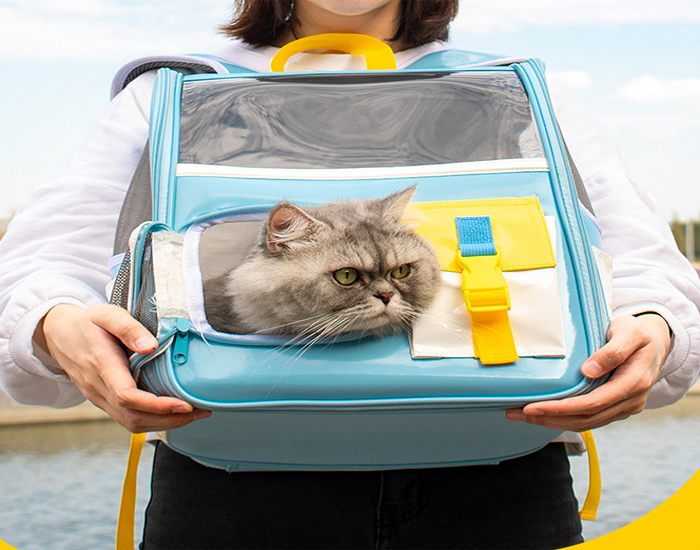Colorimeter implementation standards and uses
The colorimeter measures the color and chromatic aberration of the object (paper, etc.), measures the ISO brightness (blue light whiteness R457), and the fluorescent whitening of the fluorescent whitening material, and measures the CIE whiteness (the Gantz whiteness W10 and the color cast value). TW10), measuring ceramic whiteness, measuring whiteness of building materials and non-metallic mineral products, measuring Hunter system Lab and Lab whiteness, measuring yellowness, measuring sample opacity, transparency, light scattering coefficient and light Absorption coefficient, instrument for measuring ink absorption. Widely used in paper, printing, ceramics, chemicals, textile printing and dyeing, building materials, food, salt and other industries.
use
1. Measure the color and chromatic aberration of the object reflection.
2. Measure the ISO brightness (blue light whiteness R457) and the fluorescent whitening of the fluorescent whitening material.
3. Measure CIE whiteness (Ganz whiteness W10 and color cast value TW10)
4. Measure the whiteness of the ceramic.
5. Measure the whiteness of building materials and non-metallic mineral products.
6. Measure the Hunter System Lab and Hunter Whiteness.
7. Measure the yellowness.
8. Measure the opacity, transparency, light scattering coefficient and light absorption coefficient of the sample.
9. Measure the ink absorption value.
Executive standard
This instrument implements the following standards:
GB 7973: Diffuse reflectance factor (d/o) for pulp, paper and board.
GB 7974: Whiteness determination of paper and board (d/o).
GB 7975: Paper and board color determination (d/o).
ISO 2470: Method for the determination of blue diffuse reflectance of paper and board (ISO whiteness).
GB 3979: Measurement method of object color.
GB 8940.2: Determination of pulp whiteness.
GB 2913: Plastic whiteness test method.
GB 1840: Method for determination of industrial potato starch.
GB 13025: General test method for salt industry, determination of whiteness.
Textile industry standard: Determination of whiteness of chemical fiber.
GB T/5950: Method for measuring whiteness of building materials and non-metallic mineral products.
GB 8425: Instrumental evaluation method for textile whiteness.
QB/T 1503-1992: Method for determining the whiteness of ceramics for daily use.
GB 9338: Method for determining the whiteness of fluorescent whitening agents.
GB 9984.1: Determination of whiteness of industrial sodium tripolyphosphate.
GB 13176.1: Determination of whiteness of washing powder.
GB/T 13835.7: Test method for whiteness of rabbit hair fiber.
GB 4739: Method for determining the color of ceramic pigments for daily use.
GB 6689: Determination of dye color difference, instrument method.
GB 8424: Method for determination of color and chromatic aberration of textiles.
GB 11186.1: Method for measuring the color of the coating film.
GB 11942: Color measurement method for color building materials.
GB 13531.2: Determination of cosmetic color tristimulus values ​​and color difference ΔE*.
GB 1543: Determination of the opacity of paper.
ISO 2471: Paper and board opacity assay.
GB 10339: Determination of light scattering coefficient and light absorption coefficient of paper and pulp.
GB 12911: Paper and board ink absorptivity assay.
GB 2409: Test method for plastic yellow index.
Technical characteristics
1. Simulate D65 lighting body illumination. The CIE 1964 complementary color system and the CIE 1976 (L*a*b*) color space color difference formula were used.
2. Observe the geometric conditions using d/o illumination. The diffusing ball has a diameter of 150mm and a test hole diameter of 25mm. It is equipped with a light absorber to eliminate the influence of the specular reflected light of the sample.
3, indication accuracy: chromaticity coordinates 0.0001, the remaining 0.01.
4, the stability of the measured value: After preheating, within 30min, ≤ 0.1.
5, repeatability: Rx, Ry and Rz s ≤ 0.10
Chromaticity coordinates s ≤ 0.0010
R457 value s≤0.10
6. Specimen size: The test plane is not less than Φ30mm and the thickness is not more than 40mm.
7, power: AC 220V ± 10%, 50Hz, 0.4A.
8, communication interface: RS-232
9, working environment: temperature 5 ~ 35 ° C, relative humidity does not exceed 85%.
10, size and weight: 364 × 264 × 400 (mm), 17kg.
The comfortable and breathable Pet Travel Carrier can make cats and dogs more relaxed when they go out, and it is also helpful to appease their anxiety after leaving home.
The Portable Pet Carrier when going out must be strong enough to avoid the danger of cats and dogs falling on the way.
It is better to have a safety lock and comply with aviation standards, which can ensure that pets will not open the bag cover and "break out" on the way, so it will be very convenient to travel.
Dog air Pet Transport Box can also be used in private cars to avoid some accidents caused by dogs accidentally falling. The air box is a relatively closed space, which can effectively prevent dogs from running around in the car and even jumping out of the car. At the same time, the air box can be better fixed and placed, especially when braking, to prevent the dog from falling off the seat or being thrown into the front row. At the same time, dogs can excrete in the air box, and some air boxes also provide places for feeding and watering, which is more conducive to taking care of dogs.
The flight case is also used for training, transport, travel, or to restrict the dog's movement (for safety) when you don't have the ability to monitor it.

Pet Travel Carrier,Pet Treat Training Pouch,Pet Treat Pouch,Portable Pet Carrier
Mianyang Crossing Cross-Border E-Commerce Co., Ltd. , https://www.wycypets.com